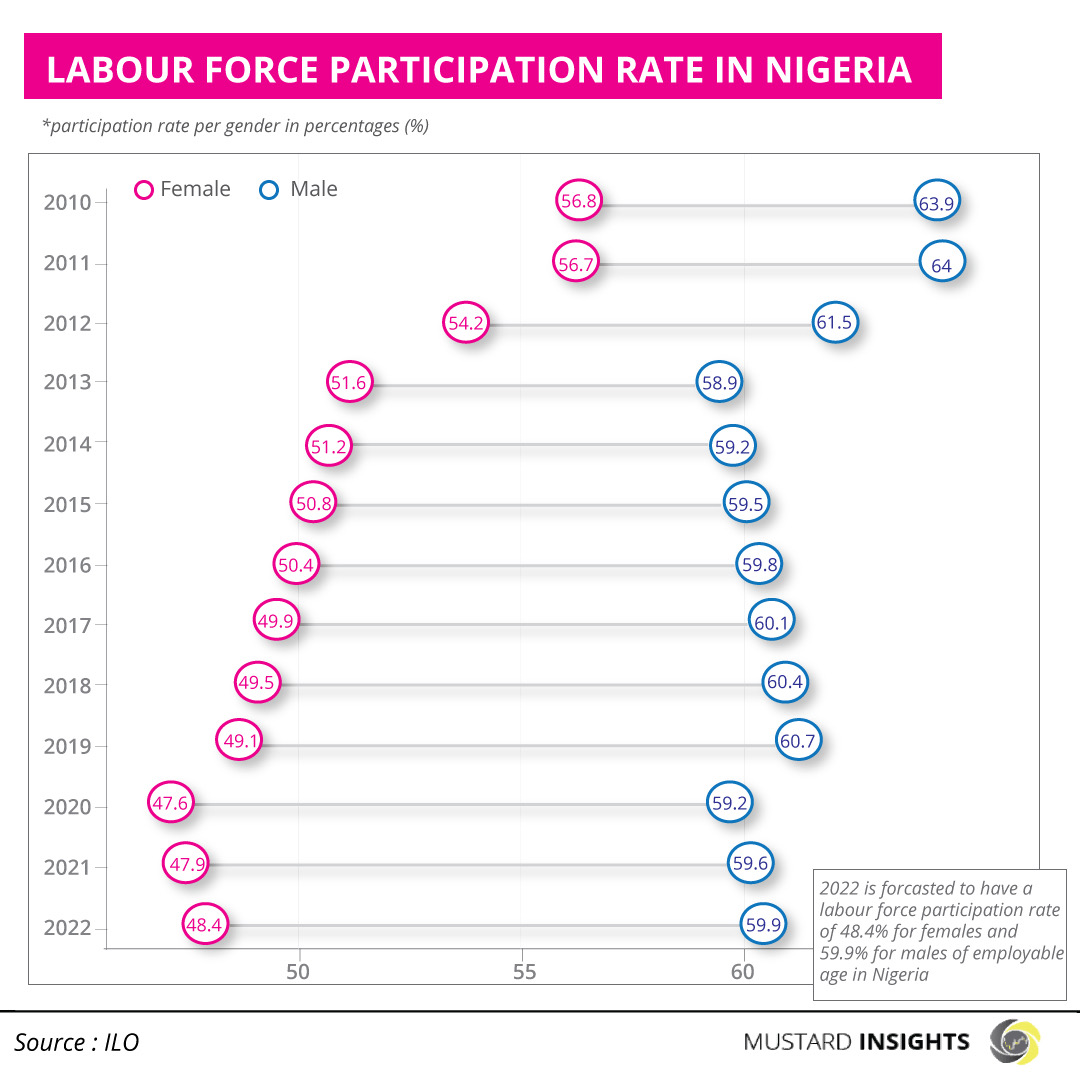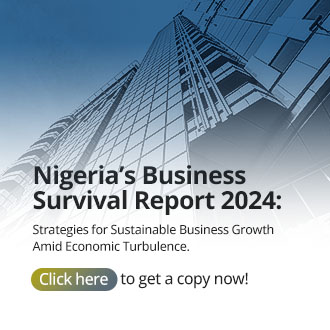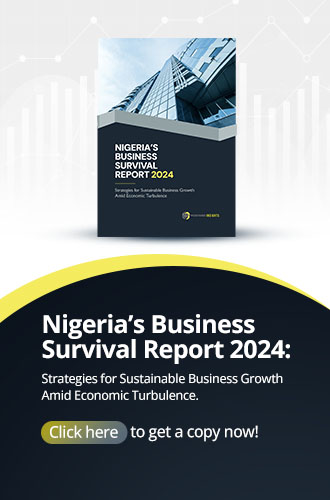Nigeria has a labour force of over 80 million people; 23 million of which fall within the age bracket of 25 and 34 years of age and make up the largest group of Nigeria’s labour force. The second largest group of Nigeria’s labour force, numbering over 20 million people, fall within the age group of 35 to 44 years. The labour force participation rate is an estimate of an economy’s working-age population (usually age 16 and above). The economic, demographic and social situation of a nation can go a long way in affecting a country’s labour force participation rate.

Nigeria currently has a labour force of over 80 million people; 23 million of which fall within the age bracket of 25 and 34 years of age and make up the largest group of Nigeria’s labour force. The second largest group of Nigeria’s labour force (35 to 44 years) over 20 million people.
The labour force participation rate is an estimate of an economy’s working-age population (usually age 16 and above). The economic, demographic and social situation of a nation can go a long way in affecting a country’s labour force participation rate.
Breakdown & key metrics
According to data by The International Labour Organisation, the years 2010 and 2011 had the highest percentage of males and females of employable/working age in Nigeria’s labour market, who were actively working or seeking employment. The participation rate of males and female in 2010 were 63.9% and 56.8%. In 2011, the participation rate of males increased by 0.1% from the previous year to 64% while female participation rate declined by the same margin to 56.7%.
From 2013 to 2019, female participation rate in Nigeria’s labour force declined year-on-year from 51.6% to 47.6% while male participation rate increased year-on-year from 58.9% to 60.7%.
In 2020, female participation rate in Nigeria’s labour force declined again to 47.6%; its lowest point since 2010. By 2021, female participation rate increased to 47.9%. During this period, male participation in Nigeria’s labour force initially declined to 59 4% in 2020, then increased to 59.6% in 2021.
Takeaway
From the report by the World Bank, Nigeria’s working-age population will expand by a record of 133 million between 2020 and 2050. However, low levels of female labour force participation can have negative economic effects, reducing potential
growth rates.
While progress had been made in gender equality in global labor markets thanks to economic and social advancement, progress is more limited in Africa due to high poverty and gender discrimination.
Thoughts?
We won't share your email address. All fields are required.
